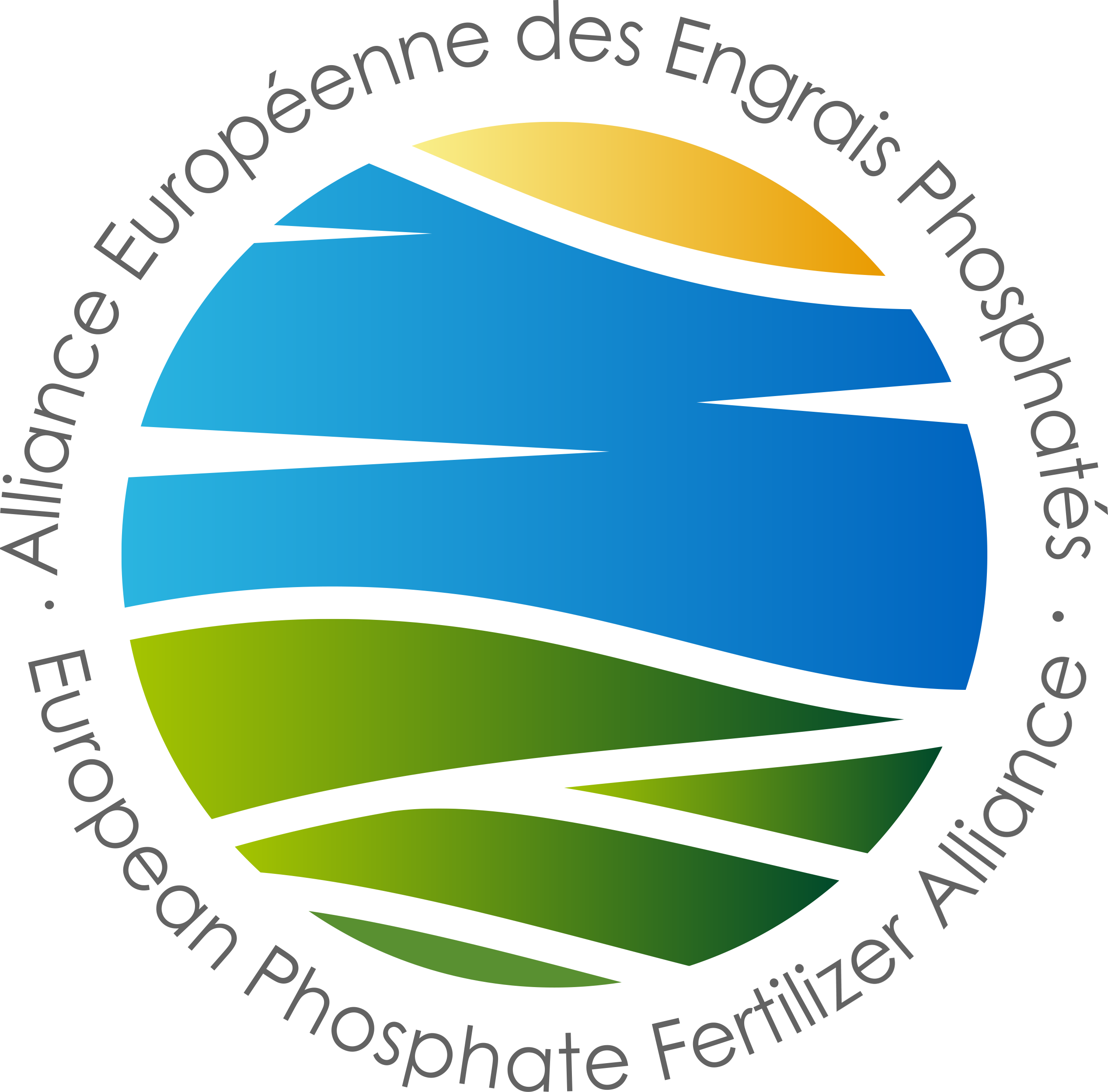Warning: count(): Parameter must be an array or an object that implements Countable in /wp-includes/post-template.php on line 284
Mineral
Warning: count(): Parameter must be an array or an object that implements Countable in /wp-includes/post-template.php on line 284
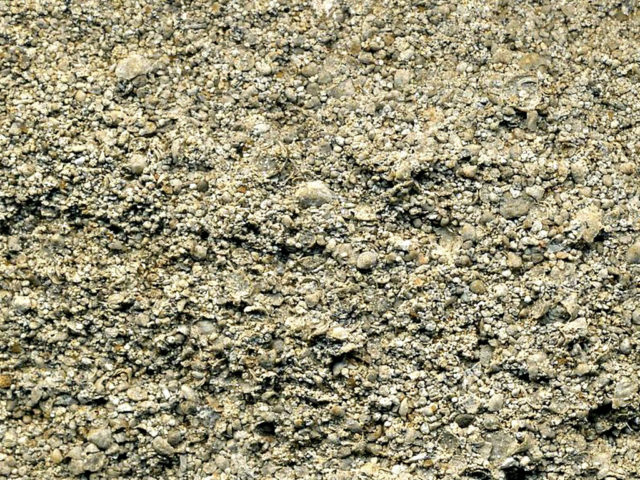
Phosphate rock
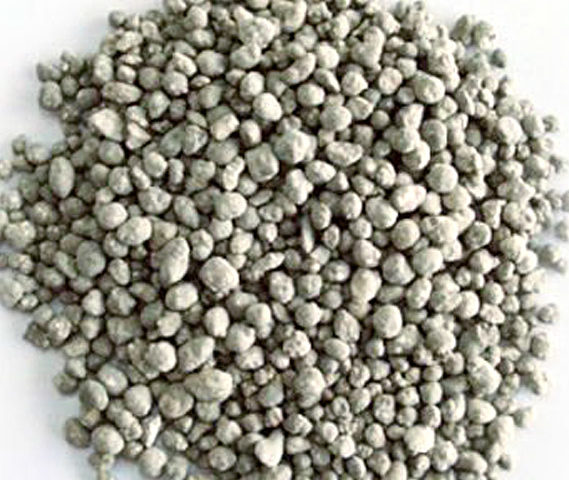
SSP
Single superphosphate (SSP) used to be the most common mineral fertilizer. It is produced by addition of sulfuric acid to natural phosphate rock. SSP contains both monocalcium phosphate and gypsum for a P2O5 content between 16 to 20%. By the addition of sulfuric acid in the manufacturing process, the phosphate is solubilized, which makes it readily available to plants. SSP is advantageous on an agronomic point of view as it also provides sulfur and calcium, which are secondary nutrients.
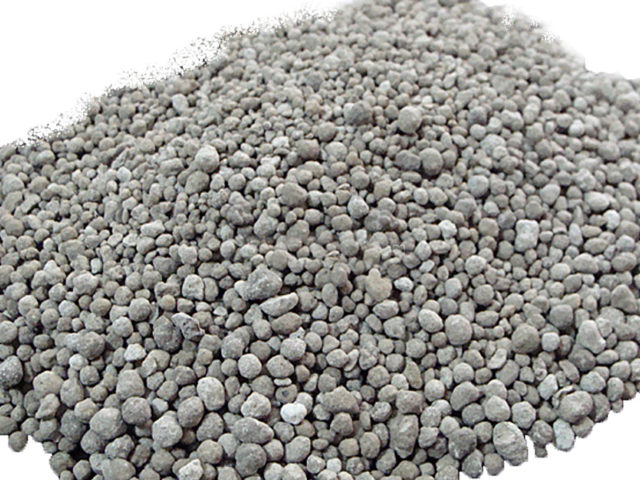
TSP
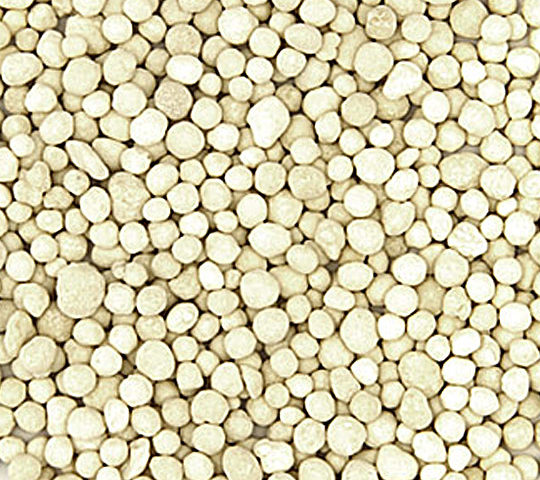
MAP

DAP
Diammonium phosphate (DAP) (chemical formula (NH4)2HPO4) is a water soluble ammonium salt produced by reaction of phosphoric acid with ammonia. It contains two of the three primary nutrients for plants: nitrogen and phosphate. Typical composition is 18% N, 46% P2O5. The nutrient content in DAP is relatively high compared to other materials which makes it one of the most common fertilizer component and is widely used in Europe. When dissolving, DAP creates an alkaline pH around the granule. This is a temporary situation as the ammonium will be converted to nitrate by soil bacteria and the pH of the soil will subsequently reduce.

Nitrophosphates
Nitrophosphates are produced by reaction of nitric acid with phosphate rock. The reaction generates phosphoric acid, calcium nitrate and hydrofluoric acid. The phosphoric acid is then mixed with other nutrients to form compound fertilizers. The chemical composition will vary depending on the compounds used to make the final product. From this process either NP fertilizers or NPK fertilizers are produced.
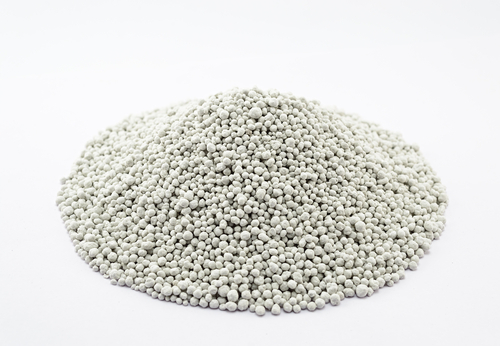
NPK
Nitrophosphates are produced by reaction of nitric acid with phosphate rock. The reaction generates phosphoric acid, calcium nitrate and hydrofluoric acid. The phosphoric acid is then mixed with other nutrients to form compound fertilizers. The chemical composition will vary depending on the compounds used to make the final product. From this process either NP fertilizers or NPK fertilizers are produced.
